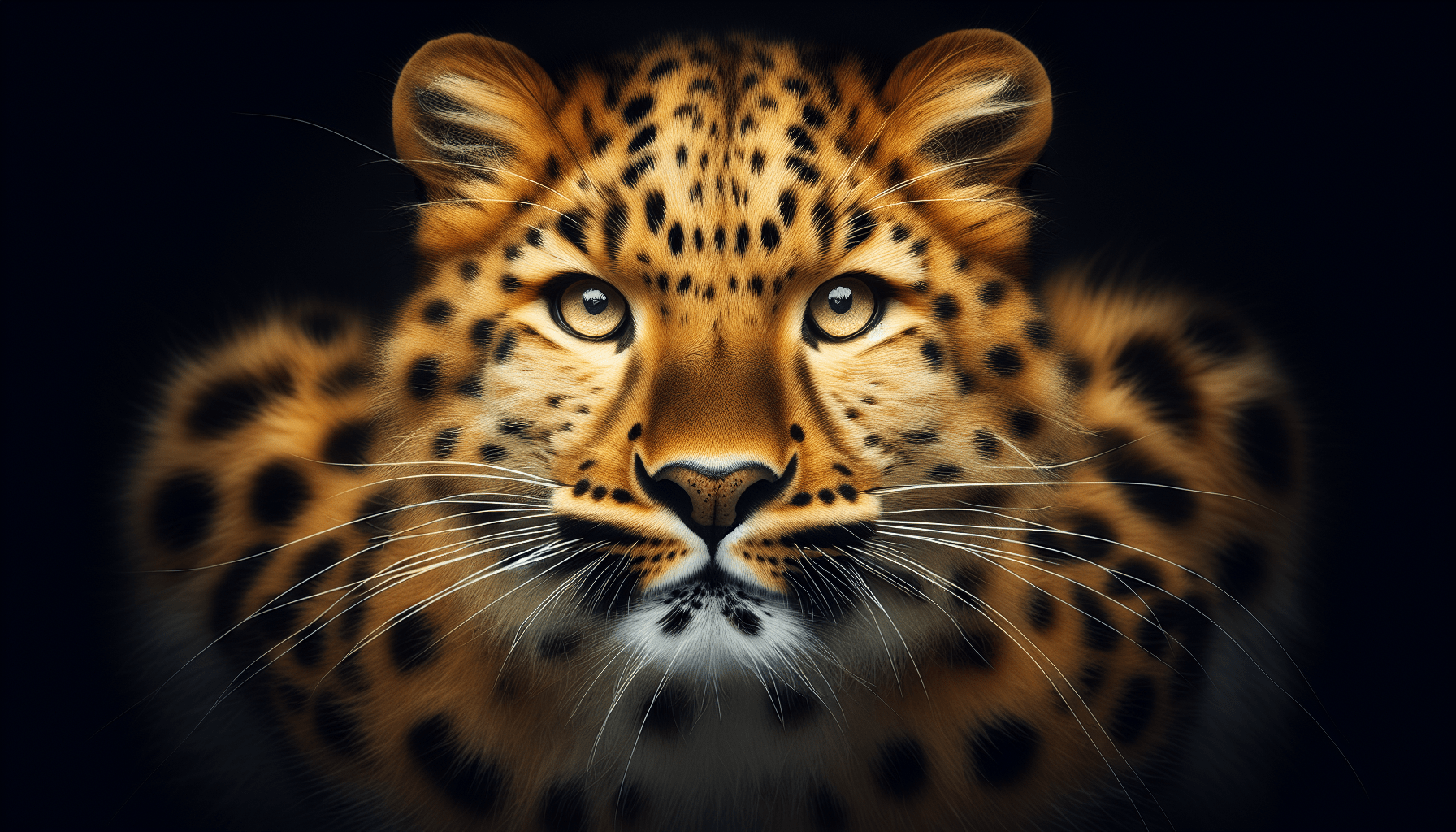Welcome to the fascinating world of rare and unique felines! Today, we will explore the question, “What is the rarest cat?” Prepare to be amazed by the beauty and rarity of this extraordinary felid as we delve into the intriguing world of the 1 rarest cat. Let’s embark on this exciting adventure together and uncover the secrets of this truly remarkable species.
What Is The 1 Rarest Cat?
Have you ever wondered what the rarest cat in the world is? In a world full of diverse and fascinating felines, it can be hard to determine which one holds the title of being the rarest. In this article, we will explore the elusive and mysterious world of the rarest cat species.
The Amur Leopard: A Hidden Gem
The Amur Leopard, also known as the Far East, Korean, or Manchurian Leopard, holds the title of being the rarest cat in the world. With only about 60 individuals left in the wild, this majestic creature is facing extinction due to habitat loss, poaching, and human-wildlife conflict. The Amur Leopard is native to the temperate forests of the Russian Far East and northeastern China.
The Characteristics of the Amur Leopard
The Amur Leopard is a strikingly beautiful big cat, with a thick coat of pale, creamy-yellow fur covered with distinctive rosettes and spots. They are smaller and more agile than their African counterparts, with males weighing between 70-105 pounds and females weighing between 55-95 pounds. These cats are solitary animals, with a territorial range of up to 40 square miles.
The Threats to the Amur Leopard
Sadly, the Amur Leopard is critically endangered, with a population decline of more than 80% over the past 60 years. The main threats to these magnificent creatures are habitat destruction due to logging and development, poaching for their beautiful fur and body parts, and conflicts with humans due to encroachment on their territories.
Conservation Efforts to Save the Amur Leopard
Several conservation organizations are working tirelessly to save the Amur Leopard from extinction. Efforts include habitat preservation, anti-poaching patrols, community education, and breeding programs in captivity. The goal is to increase the population of these cats and ensure their long-term survival in the wild.
The Iberian Lynx: A Rare Spanish Beauty
The Iberian Lynx, native to Spain and Portugal, is another rare and endangered cat species. With only about 400 individuals left in the wild, this small and elusive feline is facing extinction due to habitat loss and declining prey populations. The Iberian Lynx is known for its distinctive ear tufts and beautiful spotted coat.
The Characteristics of the Iberian Lynx
The Iberian Lynx is a small cat, with males weighing between 33-64 pounds and females weighing between 24-48 pounds. They have a short, thick coat of light brown fur covered with dark spots and stripes. The tufts of hair on their ears give them a distinctive and unique appearance. These cats are solitary animals, with a territorial range of up to 10 square miles.
The Threats to the Iberian Lynx
Like the Amur Leopard, the Iberian Lynx is critically endangered, with a population decline of more than 80% over the past 20 years. The main threats to these beautiful animals are habitat destruction due to agriculture and development, declining rabbit populations (their main prey), and road mortality.
Conservation Efforts to Save the Iberian Lynx
Several conservation organizations are working tirelessly to save the Iberian Lynx from extinction. Efforts include habitat restoration, captive breeding programs, reintroduction of individuals into the wild, and monitoring of populations to ensure their long-term survival.
The South China Tiger: A Symbol of Hope
The South China Tiger, also known as the Chinese, Xiamen, or Amoy Tiger, is considered to be functionally extinct in the wild. With no confirmed sightings of this majestic cat for more than 25 years, the South China Tiger is one of the rarest and most endangered big cat species in the world. The South China Tiger is native to the forests of southern China.
The Characteristics of the South China Tiger
The South China Tiger is a medium-sized cat, with males weighing between 300-370 pounds and females weighing between 240-310 pounds. They have a short, thick coat of orange fur covered with distinctive black stripes. These cats are solitary animals, with a territorial range of up to 50 square miles.
The Threats to the South China Tiger
The South China Tiger is on the brink of extinction due to habitat loss, poaching for their body parts, and conflict with humans. The rapid expansion of agriculture and development in southern China has led to the destruction of the tiger’s natural habitat, pushing them to the brink of extinction.
Conservation Efforts to Save the South China Tiger
Despite being functionally extinct in the wild, there are ongoing efforts to save the South China Tiger from total extinction. Captive breeding programs are being conducted to preserve the genetic diversity of this rare species, with the hopes of one day reintroducing them back into the wild. Public education and awareness campaigns are also being conducted to garner support for tiger conservation efforts.
The Sumatran Tiger: A Critically Endangered Subspecies
The Sumatran Tiger, native to the Indonesian island of Sumatra, is one of the rarest and most endangered subspecies of tiger in the world. With only about 400 individuals left in the wild, this magnificent feline is facing extinction due to habitat loss, poaching, and human-wildlife conflict. The Sumatran Tiger is known for its dark orange coat and thick black stripes.
The Characteristics of the Sumatran Tiger
The Sumatran Tiger is a medium-sized cat, with males weighing between 220-310 pounds and females weighing between 165-243 pounds. They have a short, thick coat of dark orange fur covered with thick black stripes. These cats are solitary animals, with a territorial range of up to 25 square miles.
The Threats to the Sumatran Tiger
The Sumatran Tiger is critically endangered, with a population decline of more than 80% over the past 60 years. The main threats to these magnificent creatures are habitat destruction due to palm oil plantations and logging, poaching for their beautiful fur and body parts, and conflicts with humans due to encroachment on their territories.
Conservation Efforts to Save the Sumatran Tiger
Numerous conservation organizations are working tirelessly to save the Sumatran Tiger from extinction. Efforts include habitat preservation, anti-poaching patrols, community education, and breeding programs in captivity. The goal is to increase the population of these cats and ensure their long-term survival in the wild.
In conclusion, the world’s rarest cats are facing unprecedented challenges that threaten their very existence. It is up to us, as stewards of the planet, to take action to protect and preserve these magnificent creatures for future generations to admire and cherish. By supporting conservation efforts and raising awareness about the plight of these rare species, we can ensure that they continue to roam the wild for years to come.



